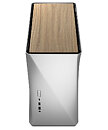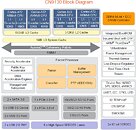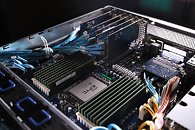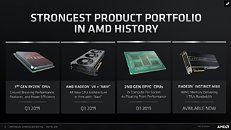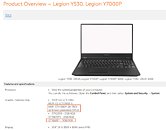
AMD Ryzen 4000 Series "Vermeer" CPUs to be Compatible with B450 Motherboards
AMD's upcoming Ryzen 4000 series "Vermeer" lineup of CPUs based on the new Zen 3 core is slated to launch sometime in late 2020, and we have information about the chipset support of 4th generation of Ryzen CPUs. The laptop manufacturer XMG, known for its crazy Apex 15 laptop with 16 core AMD Ryzen 3950X CPU inside, has posted a Reddit thread about its new laptop. In the thread, XMG has listed specifications of the laptop, and in one point it mentions support for Ryzen 4000 series of CPUs. XMG has written that the B450 motherboards will be supporting the next generation CPUs simply by microcode updates AMD will push to OEMs. XMG uses the B450 chipset in its laptops, so they are presumably going to offer some configurations with Ryzen 4000 CPUs in the future. This information is good news for everybody who has a motherboard with a B450 chipset as they can get a bit more mileage out of it.









